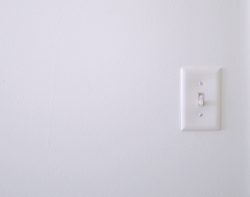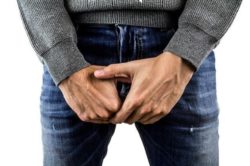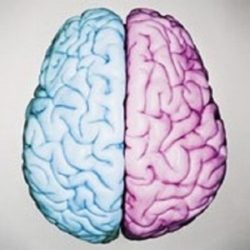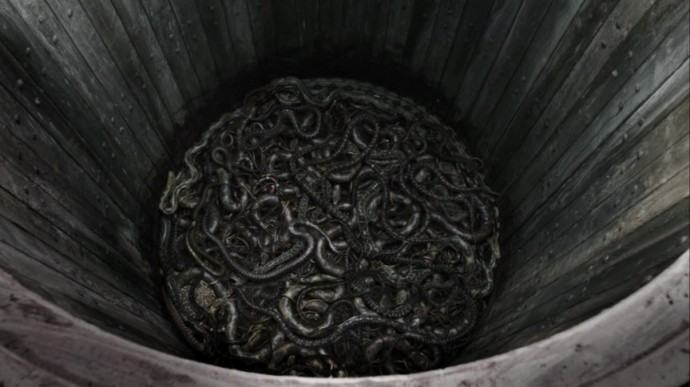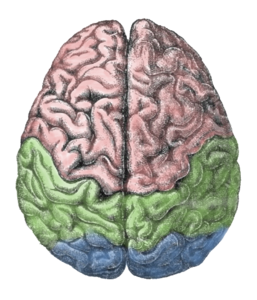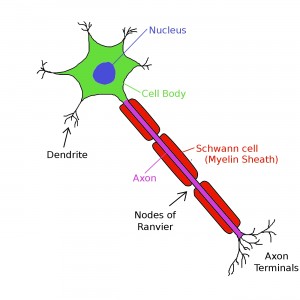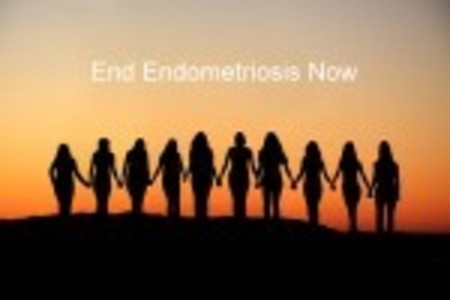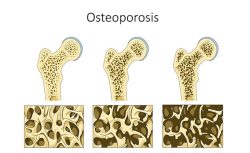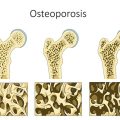If you thought erectile dysfunction was a disease affecting only old men in bathtubs, you’d be wrong. Increasingly, young men are developing erectile dysfunction. The use it or lose it adage for ejaculation doesn’t quite work the same way in the youngsters as it does in the older folks. Use it too much, or more specifically, rely on internet porn for sexual satisfaction and your brain won’t let your man parts partake in the real deal. Seriously, internet porn, during those critical periods of male sexual development – adolescence through young adulthood – rewires your brain and makes real sex difficult, if not impossible.
Sex Begins in Your Head – the One Above Your Shoulders
Sex is pleasure and our brains are hardwired to seek pleasure. Every time we receive pleasure, whether it be from sex, drugs, food, or simply, a pat on the back for a job well done, the brain reward centers are activated. The neurotransmitter responsible for all things pleasurable – dopamine – is released from a tiny nucleus located deep within our primitive limbic, lizard brain called the ventral tegmental area.
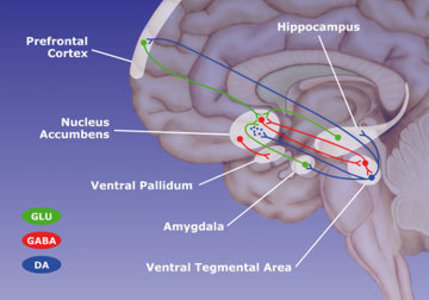 That dopamine spreads out across the frontal cortex where goal directed behavior and impulse control are managed, to the nucleus accumbens where pleasure is realized, especially addictive pleasures, to the hippocampus where memory is stored and to the hypothalamus where all manner of hormones are regulated. Train your pleasure centers appropriately and you’ll have a long, happy life. Do it wrong, and all sorts problems arise (or don’t arise, as the case may be).
That dopamine spreads out across the frontal cortex where goal directed behavior and impulse control are managed, to the nucleus accumbens where pleasure is realized, especially addictive pleasures, to the hippocampus where memory is stored and to the hypothalamus where all manner of hormones are regulated. Train your pleasure centers appropriately and you’ll have a long, happy life. Do it wrong, and all sorts problems arise (or don’t arise, as the case may be).
Porn Brain, Dopamine and Erectile Dysfunction
Dopamine is a very happy neurotransmitter – we need dopamine to feel pleasure. Too much dopamine and psychosis arises, too little and we have no motivation to move – literally and fundamentally cannot initiate or control movement. (Parkinson’s arises from decreased dopamine in a different region of the brain). Dopamine is necessary, and as such, our brains go to great lengths to ensure sufficient dopamine. Highly pleasurable behaviors repeated to addiction override the reward system – effectively wearing it out. Technically, it’s called desensitization, a brain state by which one needs more and more stimuli to achieve the same results. Sound familiar?
Internet porn is like heroin to our sex crazed brains.
It seems to be true guys, you can masturbate yourselves to oblivion or at least to sexlessness. The changes in brain chemistry elicited by the instant and constant stimulation of internet porn make returning to real sex passe.
If you begin this journey as a teenager when critical brain areas are still being formed, your brain will express a predilection for internet porn far and above its desire for real sex, with real humans. Viagra, Cialis or other bathtub bearing drugs don’t work for this type of erectile dysfunction. The problem isn’t in the plumbing. It’s in the brain. The short cut to sexual pleasure that was at once exciting and convenient, re-wired the sexual pleasure centers to respond only to the images on the screen. Real women or men, won’t do it for you.
Not to worry, there is help. Like any good addiction, you simply have to stop – cold turkey. Help groups are sprouting up everywhere, really they are. Watch the video. An interesting tidbit, the older gents who grew up on old-timey, magazine porn, return to full functioning much more quickly than the younger guys who have never ventured into the depths of real sex. That damned brain chemistry.
The Great Porn Experiment



